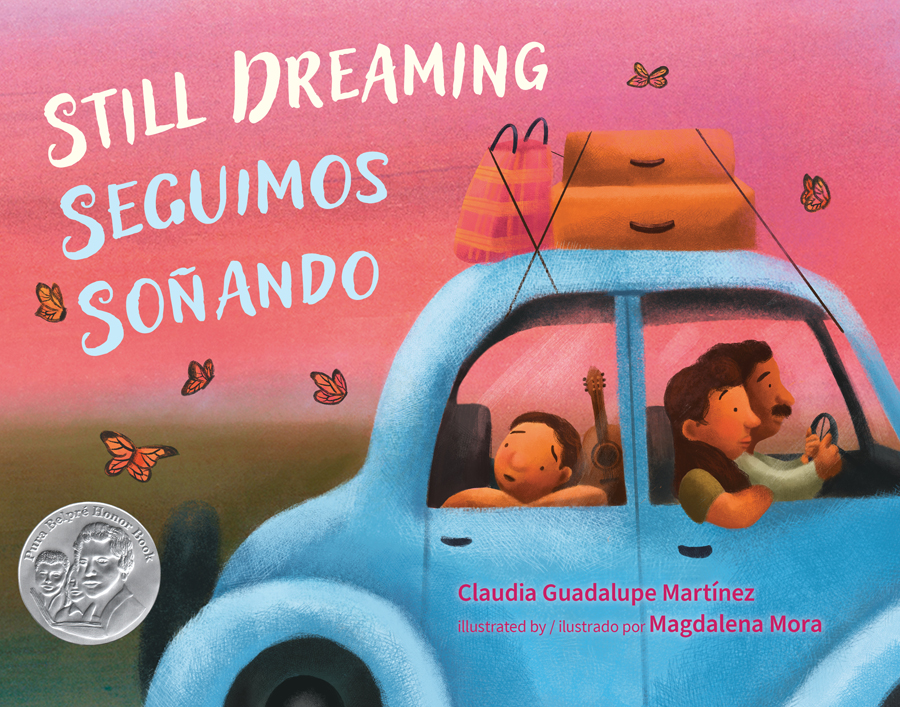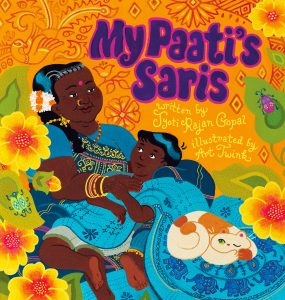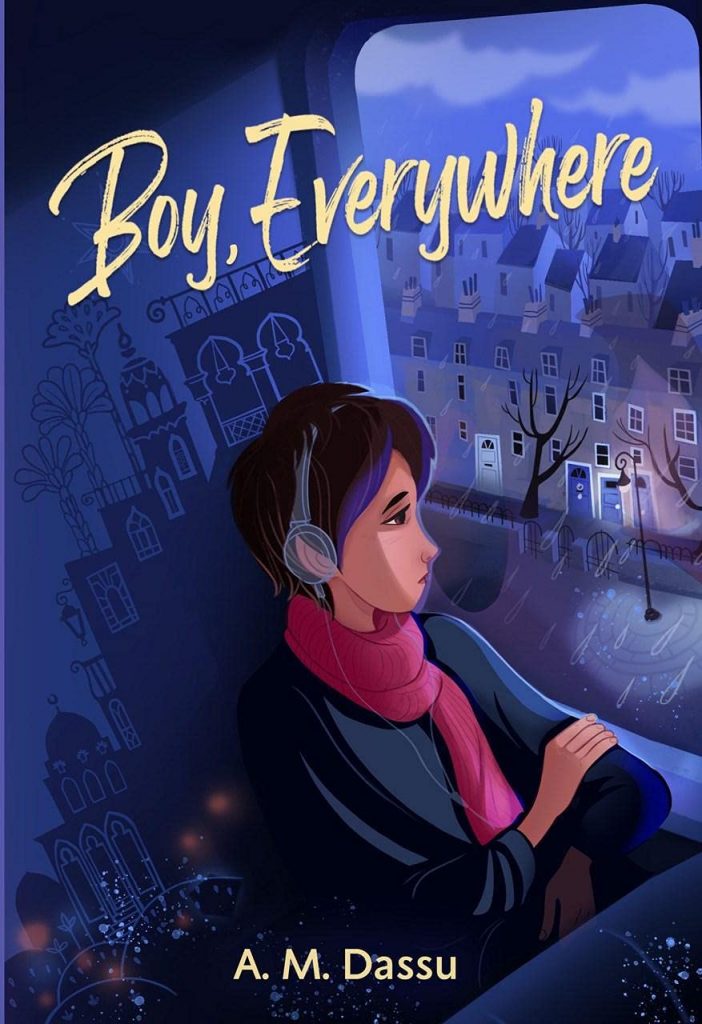By Jeanne Gilliam Fain, Lipscomb University, Nashville, TN
 One line of inquiry I grapple with daily is how to think about inserting global books into elementary classrooms with scripted curriculum. When I started this work, I immediately assumed the books from the scripted curriculum were low quality books. I then took the opportunity to really study the books and discovered that these books are award-winning global titles many of us know and love deeply such as Grandfather’s Journey (Say, 1994), Coming to America: The Story of Immigration (Maestro, 1996), Tea with Milk (Say, 2009), Keeping Quilt (Polacco, 1988) and Family Picture (Carmen Lomas Garza, 2005). I have the personal bias of embracing current books with enthusiasm and often letting go of books that age well. One of the real problems that we (I work with many wonderful teachers in Nashville) encounter is that many of the books in the curriculum are around 30 years old. Today, although there is still work to do with inclusivity in children’s literature publishing, there are so many new voices and perspectives that were missing thirty years ago. Continue reading
One line of inquiry I grapple with daily is how to think about inserting global books into elementary classrooms with scripted curriculum. When I started this work, I immediately assumed the books from the scripted curriculum were low quality books. I then took the opportunity to really study the books and discovered that these books are award-winning global titles many of us know and love deeply such as Grandfather’s Journey (Say, 1994), Coming to America: The Story of Immigration (Maestro, 1996), Tea with Milk (Say, 2009), Keeping Quilt (Polacco, 1988) and Family Picture (Carmen Lomas Garza, 2005). I have the personal bias of embracing current books with enthusiasm and often letting go of books that age well. One of the real problems that we (I work with many wonderful teachers in Nashville) encounter is that many of the books in the curriculum are around 30 years old. Today, although there is still work to do with inclusivity in children’s literature publishing, there are so many new voices and perspectives that were missing thirty years ago. Continue reading



 This month, WOW Currents highlights the trends in global books published in the U.S. between Summer 2020 and 2021. The list was created by exploring new books and reading reviews to create an update of the
This month, WOW Currents highlights the trends in global books published in the U.S. between Summer 2020 and 2021. The list was created by exploring new books and reading reviews to create an update of the 